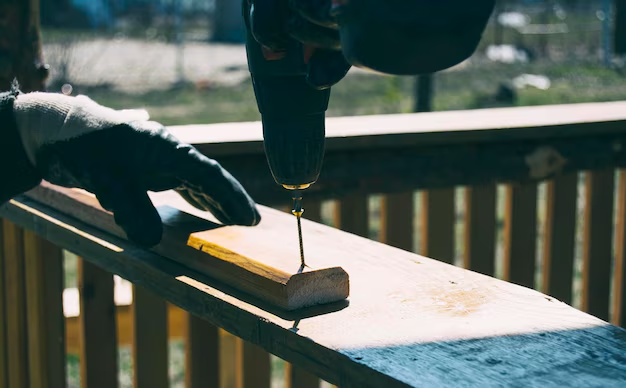Fixing Your Leaking Roof: What to Do When the Rain Won't Stop
When you find water dripping from your ceiling, it’s easy to panic. A leaking roof can wreak havoc on your home, leading to water damage, mold growth, and structural issues if not addressed promptly. Fortunately, with the right approach, you can manage this issue effectively and affordably.
Identify the Source of the Leak
Detecting the origin of the leak is your first task. Water may travel within the roof layers before it becomes visible, so start by inspecting your attic during daylight, looking for spots where the light penetrates. Mark these areas and trace them back towards the roof’s source, which should be a starting point for repair.
Temporary Fixes to Halt Further Damage
Once you've identified the source, it’s crucial to apply a temporary solution to prevent further water damage:
- Use roofing tape or a tarp to cover the leak temporarily. This prevents more water from entering the home.
- If safe to do so, tarping the roof exterior can protect against additional rain until a permanent fix is arranged.
Gather Necessary Materials
Before you embark on a full repair, make sure to have the following:
- Roofing nails and hammer
- Roofing tar or sealant
- Plywood, to replace rotting sections
- New shingles, to replace the damaged ones
Proper tools make a lasting repair possible and help maintain the roof's integrity.
Permanent Repair Process
Repair the Shingles
- Remove damaged shingles carefully. Pry them loose using a crowbar or another tool.
- Apply roofing sealant to the exposure area.
- Position the new shingles, nail them into place, and seal around the edges to prevent future leaks.
Fix Roof Flashing
Flashings — the materials used to seal roof areas such as chimneys and vents — are often culprits of leaks. Replacing flashing involves:
- Removing the old flashing.
- Measuring and cutting new flashing to fit.
- Applying a sufficient coat of sealant before installing new flashing.
Proactive Prevention Tips
Maintain regular roof inspections, especially after severe weather. Clear debris from gutters to prevent water buildup and ensure air circulation in your attic to regulate moisture levels. This consistent maintenance can help avoid future leaks.
When DIY Isn’t Enough
If the damage is too extensive or dangerous to manage alone, hiring a professional roofer ensures the job is done safely and correctly. They have the skills and experience needed to spot hidden damage and provide a more durable solution.
Financial Support Options for Roof Repairs
Repairing a leaking roof can be costly. If you're facing financial constraints, consider these assistance programs and solutions:
- 🏠 Home Repair Loans and Grants: Various federal and local programs offer financial aid specifically for home repairs.
- 💳 Credit Card Options: Low-interest credit cards might provide a stopgap financing option for urgent repairs.
- 💰Insurance Claims: Review your homeowner’s insurance policy for potential coverage of roof damage.
- ✅ Government Aid Programs: Federal, state, and local programs may provide funds or tax credits for necessary home maintenance.
- 📚 Educational Resources: Workshops and courses on home maintenance can teach valuable skills to reduce future repair costs.
- 💡 Energy Efficiency Grants: Some grants target improvements that also enhance energy efficiency, saving money over time.
Addressing a leaking roof isn't just about fixing the problem at hand; it's also an opportunity to explore financial tools and resources that ensure your home's safety without breaking the bank. By taking immediate action and leveraging available support, you can safeguard both your home and your wallet.
